The 18th-century Italian silversmith Luigi Valadier was heavily influenced by the art of ancient Rome in his production of altars, centrepieces and tableware. This show, the first monographic exhibition devoted to this important decorative artist, follows the evolution of Valadier’s style from the baroque to neoclassicism. Find out more about the Luigi Valadier exhibition from the Frick’s website.
Preview the exhibition below | See Apollo’s Picks of the Week here
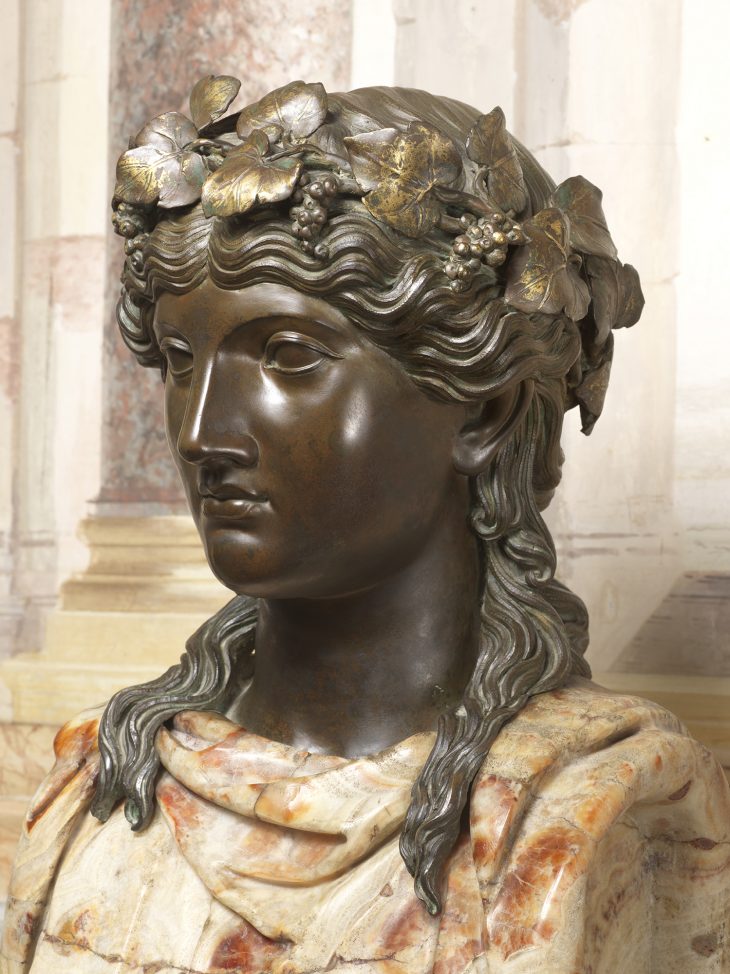
Herma with Bacchus for the Palazzo Borghese (detail; 1773), Luigi Valadier. Galleria Borghese, Rome. Photo: Mauro Magliani
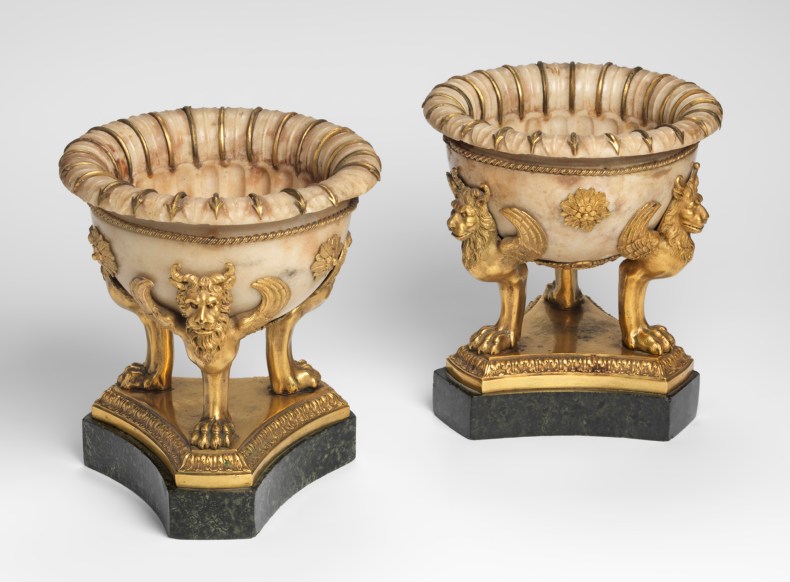
Two tazzas (c. 1780), Luigi Valadier. Private collection. Photo: Mauro Magliani
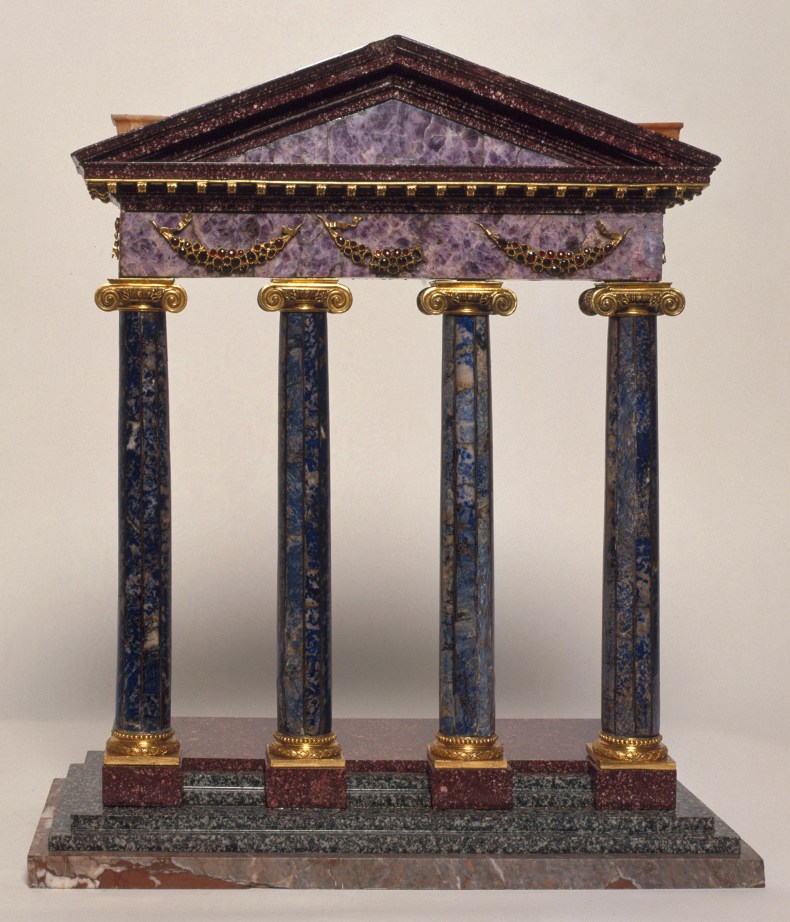
Reduction of the Temple of Mercury (c. 1778), Luigi Valadier. Museo Arqueológico Nacional, Madrid
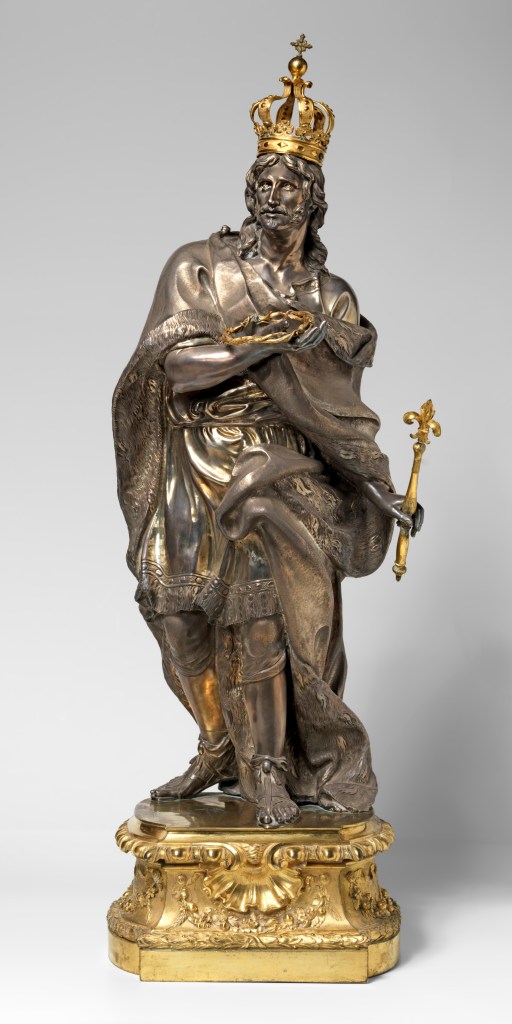
St Louis (c. 1773), Luigi Valadier. Cathedral of Santa Maria la Nuova, Monreale. Photo: Mauro Magliani



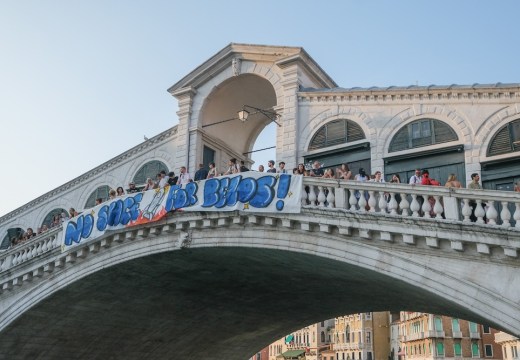

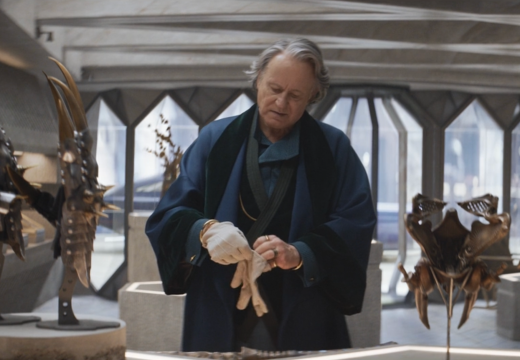
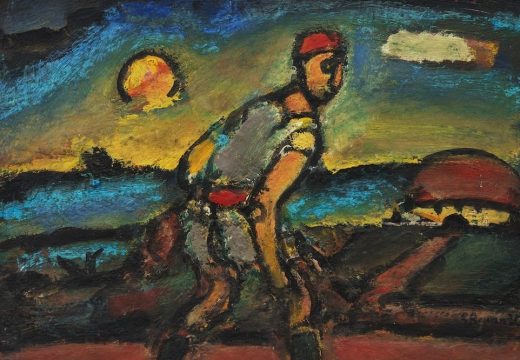
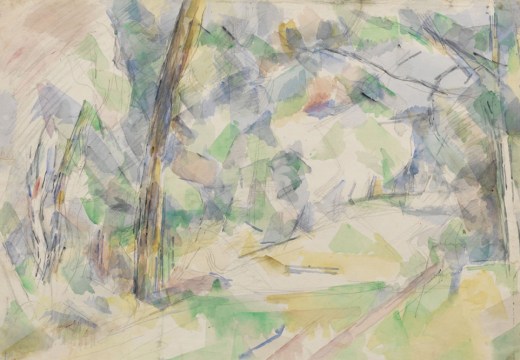

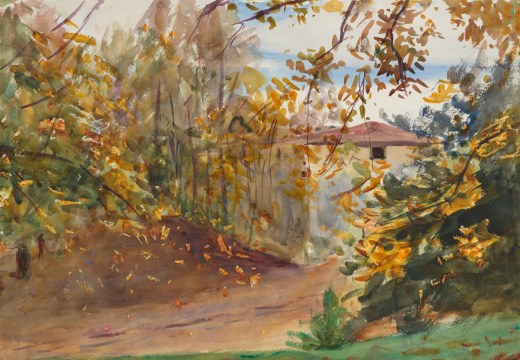

![Masterpiece [Re]discovery 2022. Photo: Ben Fisher Photography, courtesy of Masterpiece London](https://apollo-magazine.com/wp-content/uploads/2022/07/MPL2022_4263.jpg)
Why antiquities matter so much in a galaxy far, far away